Making Digital Transformation a Success
 Image: Shutterstock
Image: Shutterstock
"Go Digital," is a popular mantra in the enterprise space. Almost every company is either in the process of digital transformation or evaluating the process of that shift. While there are many annotations to digital transformation, there is no fixed metrics to weigh its success.
Too often, companies confuse digital transformation with digitisation or technological upgradation. The difference between the two is vast. While digitisation is an essential part of digital transformation, yet, it is just one aspect. Digital transformation is broad and all-encompassing. It is a conglomeration of man, machine and metrics, thereby bringing radical changes to the business. Thus, adopting a single sales-force automation solution or an enterprise-wide ERP system can be transformative, but it is one of the cogs in the wheel, not the wheel itself. In the words of George Westerman, MIT principal research scientist, "digital transformation marks a radical rethinking of how an organisation uses technology, people and processes to fundamentally change business performance."
Hence, it is a fallacy to believe that technology play is the only thing consequential about digital transformation. According to Westerman, digital transformation should be led by the CEO and requires cross-departmental collaboration in pairing business-focused philosophies with rapid application development model.
In short, digital transformation will fundamentally change the way a business operates, and deals with customers or employees; even as digital technology is integrated into all areas of the enterprise. And that shift is under process at the moment. By 2023, IDC predicts that 52 per cent of global GDP will be driven by "digitally transformed" enterprises; and that by 2024, 51 per cent of IT budgets will be for digital innovation and transformation.
According to IDC Chief Analyst Frank Gens, the most significant pivot for the digital shift is that enterprises are becoming big-time producers of technology, not just consumers. He gave the instances of several companies that have become "digitally transformed" including Walmart now becoming the third-largest purchaser of technology (behind Alphabet and Amazon) and currently offering things like its distribution system; and Goldman Sachs providing its APIs that other companies can build on.
Yet, making the transformation is not an easy task, there are many aspects to it. Here are a few pointers to keep in mind, before embarking on that journey.
Understanding the implication
Digital transformation should not be undertaken for the sake of doing it. As stated earlier, it is a complete overhaul of business strategy, hence a detailed study must be conducted, to understand the process, to set the objectives, define the goalposts, etc.
Going beyond technology
Again, let me emphasise the point, digital transformation is not about technology, launching a swanky website or a power-house mobile app is not transformation. It is merely a technology process upgrade if it is not done as part of the overall strategy.
Experts are necessary, not optional
Typically, companies have an inherent reluctance to work with outside experts or consultants. The first approach is always to try and find solutions within and then reach out to experts. Yet, given the over-arching nature of digital transformation, you not only need an experienced expert who has been working with other corporates but also an external viewpoint is required to make an objective assessment.
Elect leaders for the charge
One of the reasons digital transformation fails to results in the gains is because it does not involve people. Typically, the CEO is charged up and gets the CIO/CTO on board. But, for the change to be transformative, everyone must be on board. Hence, leaders must be selected and nurtured to act as flag-bearers for the change. While digital transformation starts at the boardroom, it should materialise at the shop-floor, and this is where the leaders come in handy.
It's a journey, not a destination
A rather clichéd point, but an essential one. Digital transformation is not a pinnacle of Mt. Everest that you put your flag on. It is a continuous process that will have its ups and downs and needs constant evaluation with refinement.
Google has been a leader in enabling business transformation and has created a robust resource centre for the same. On the digital resource centre, there's a list of questions that need to be asked before embarking on digital transformation. These can be a good starting point to the journey. The questions are:
1. Where are the key decisions made in my organisation?
2. What do my colleagues need to do differently?
3. What do I need to do differently?
4. What holds people back at your organisation?5. How does your organisation respond to what it learns?6. Which functions would create additional value if they were working together more closely?
7. How could you implement these collaborative efforts? Which specific actions would be worth testing?
8. How does communication flow through the organisation9. Where are the opportunities to influence new ways of working or new work?
10. Why should anyone be led by you?
In the end, cloud technologies, social media, collaboration have brought with them the first phase of digital-driven consumer and business transformation. The next one is being enabled by the growth of the Internet of Things (IoT), big data, artificial intelligence, etc. These technologies not only impact how we live but also how we work, engage and communicate with the world. And this is what is meant by transformative success.



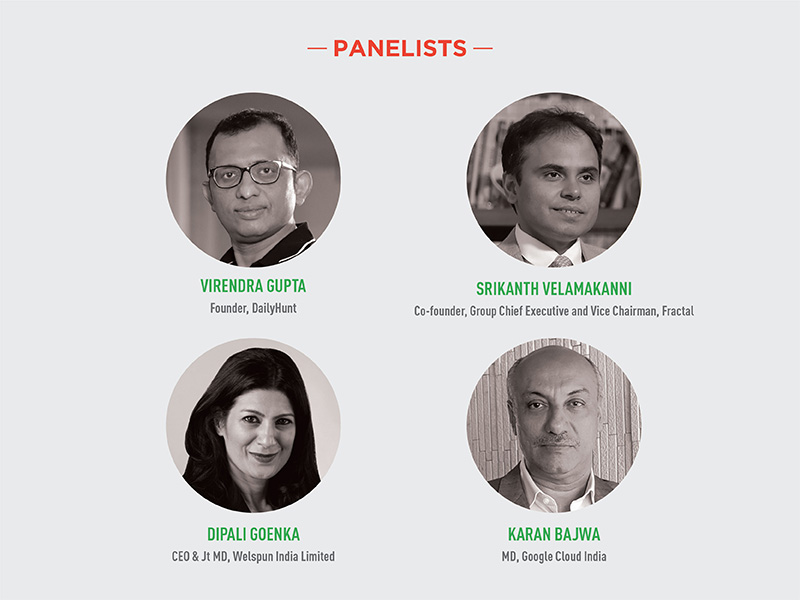
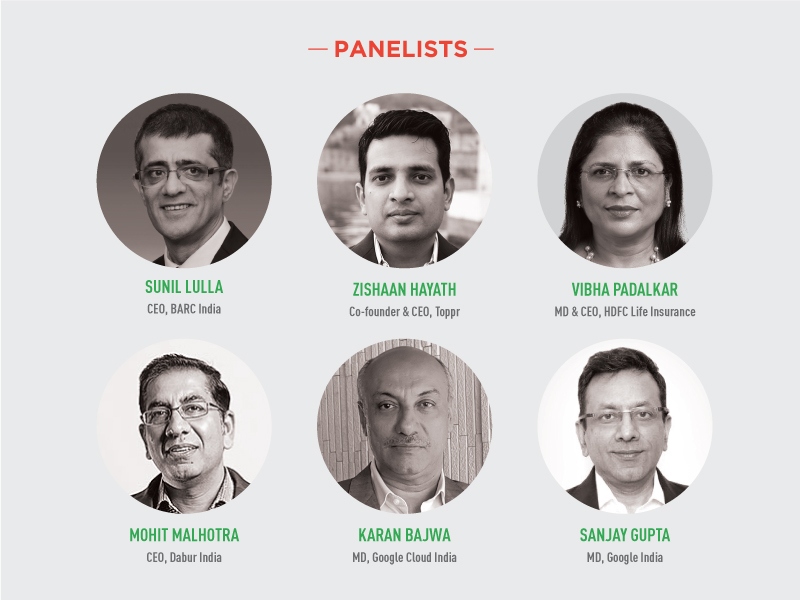
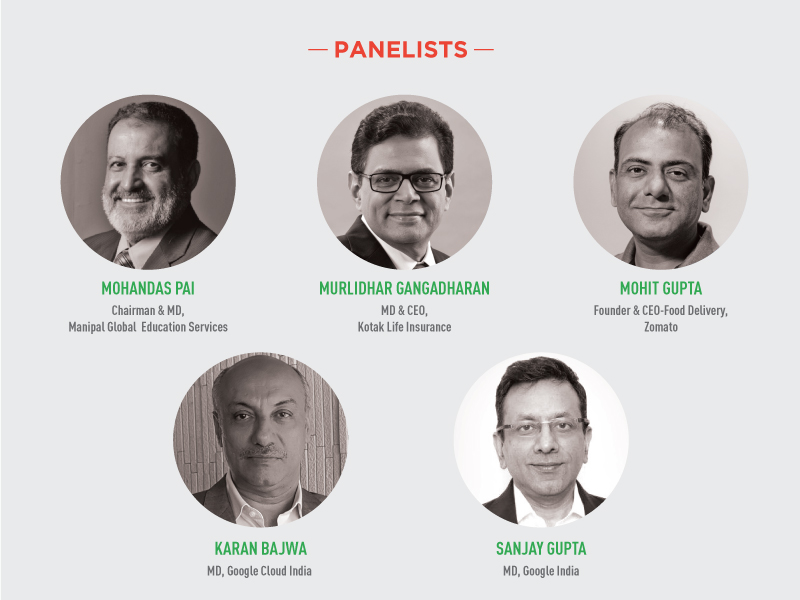
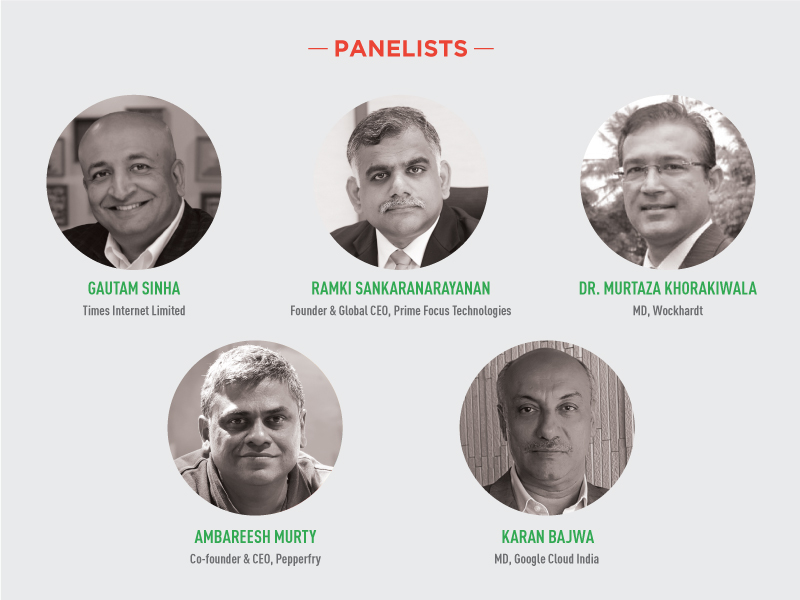
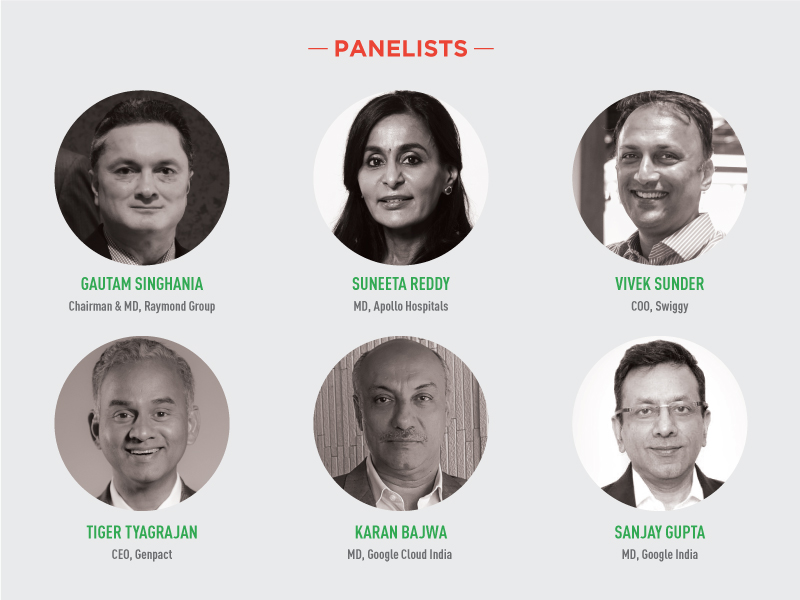


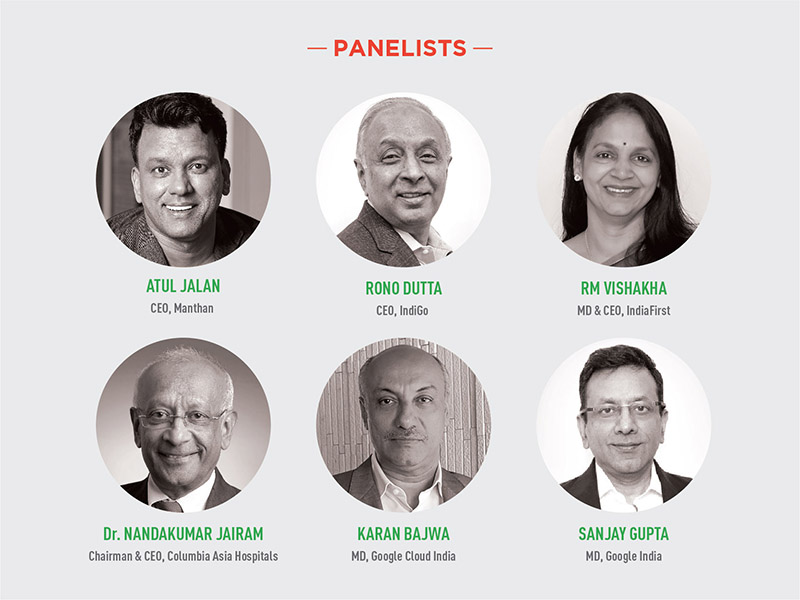
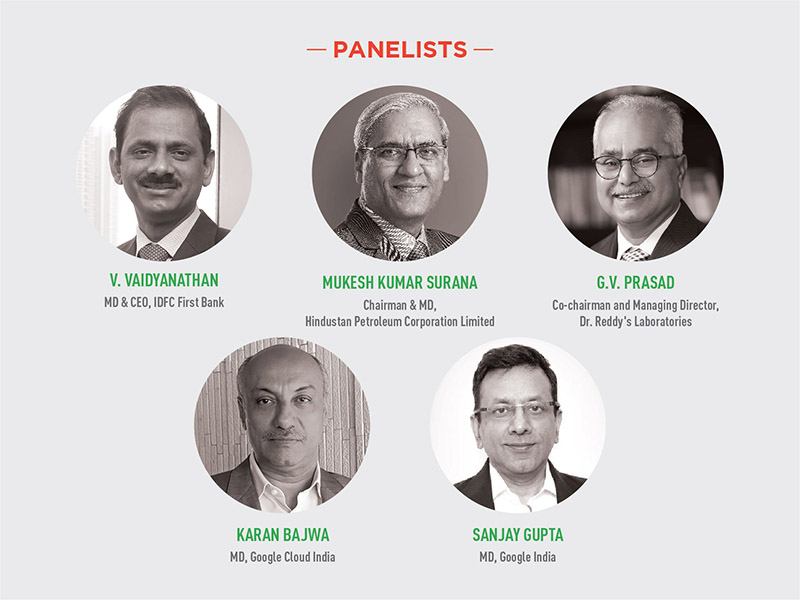
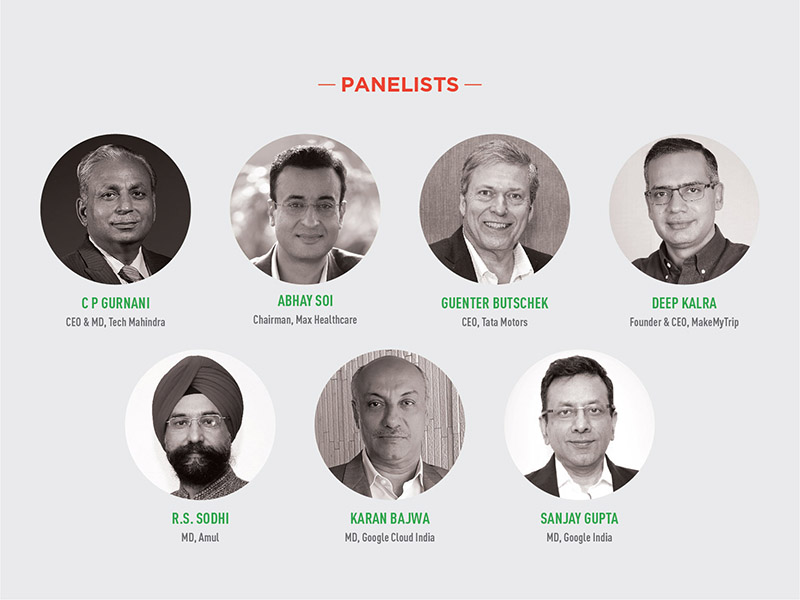
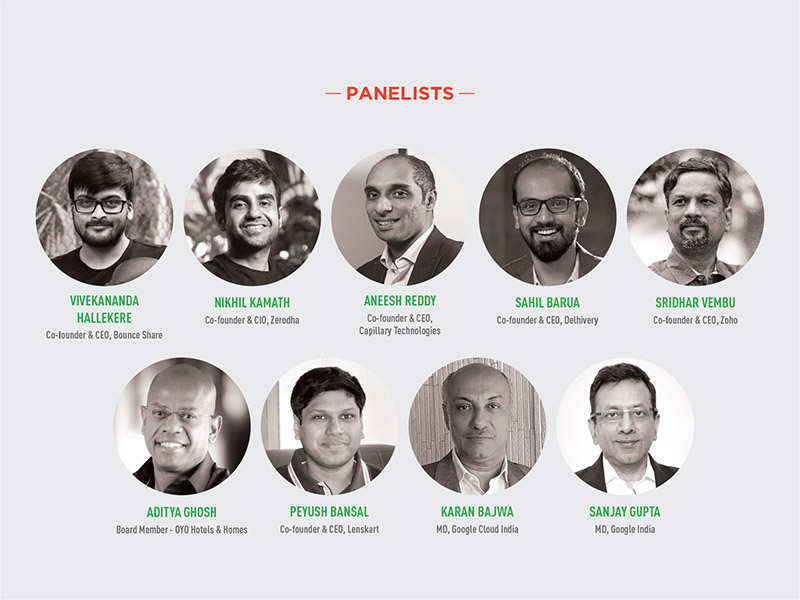

.jpg)





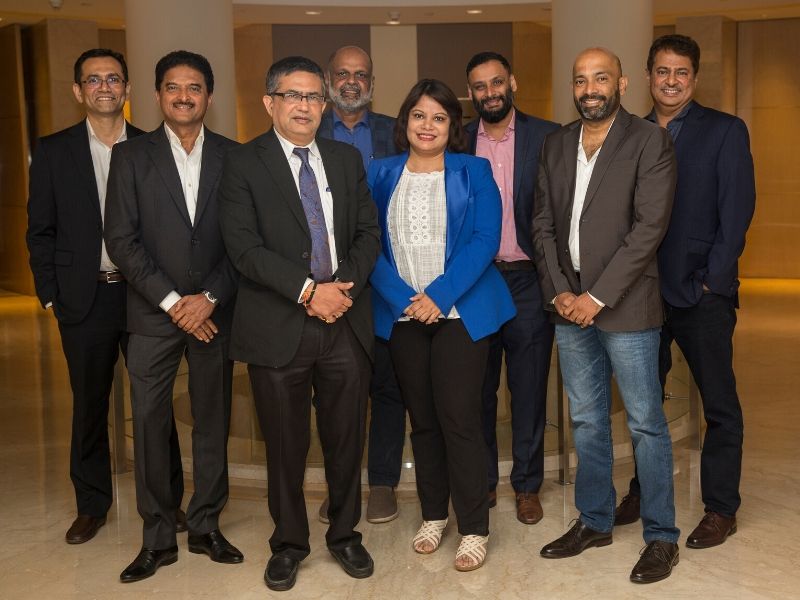




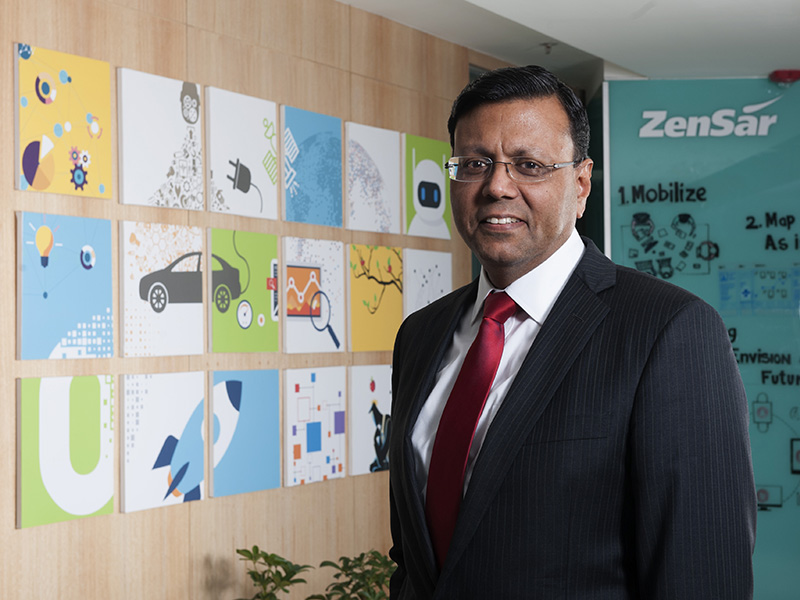

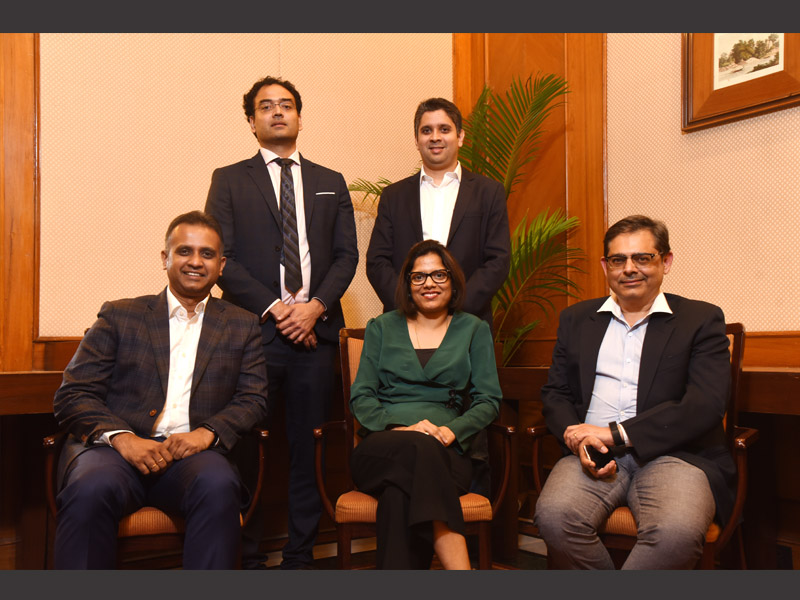




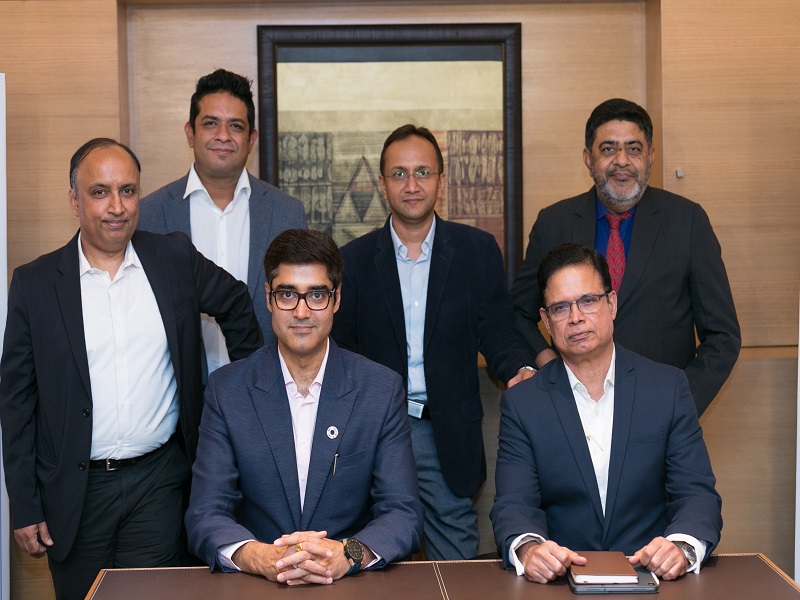



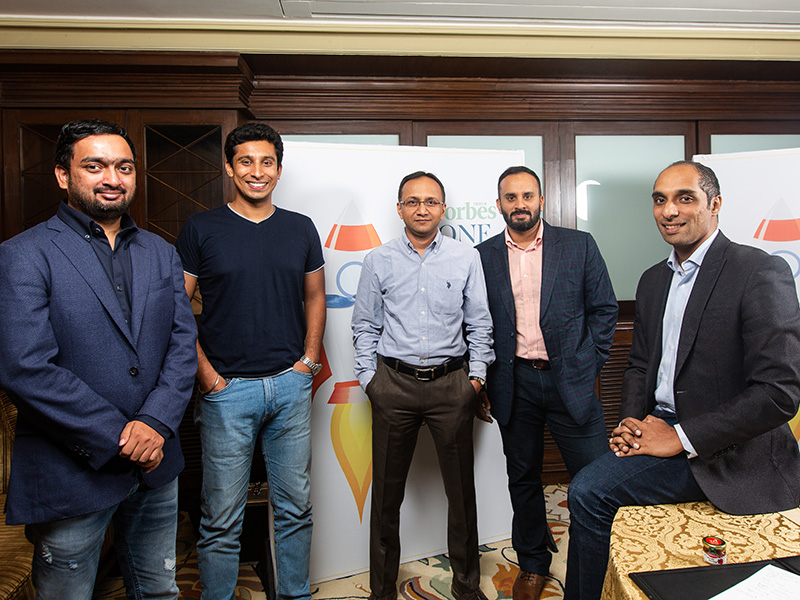

.jpg)






